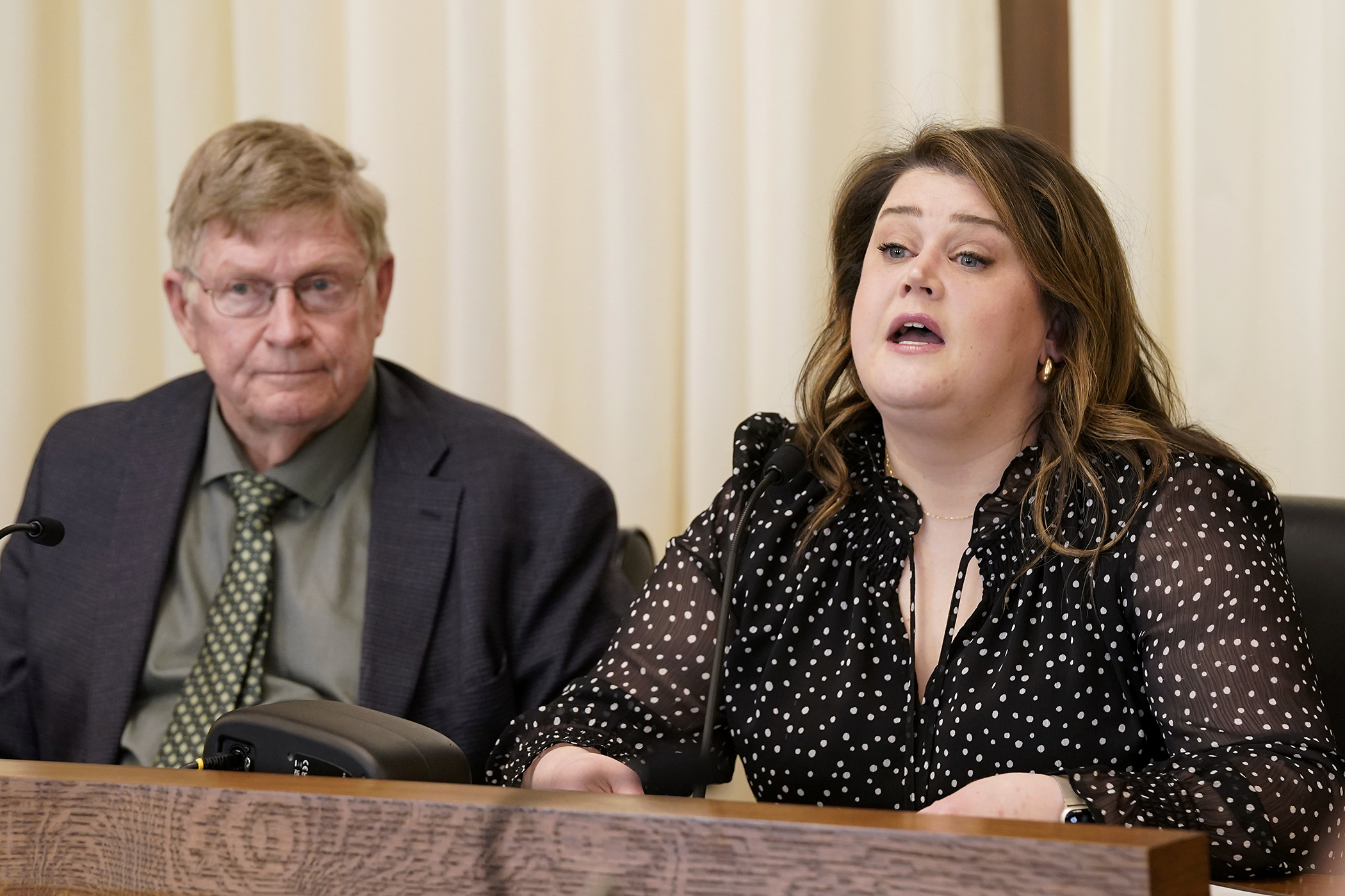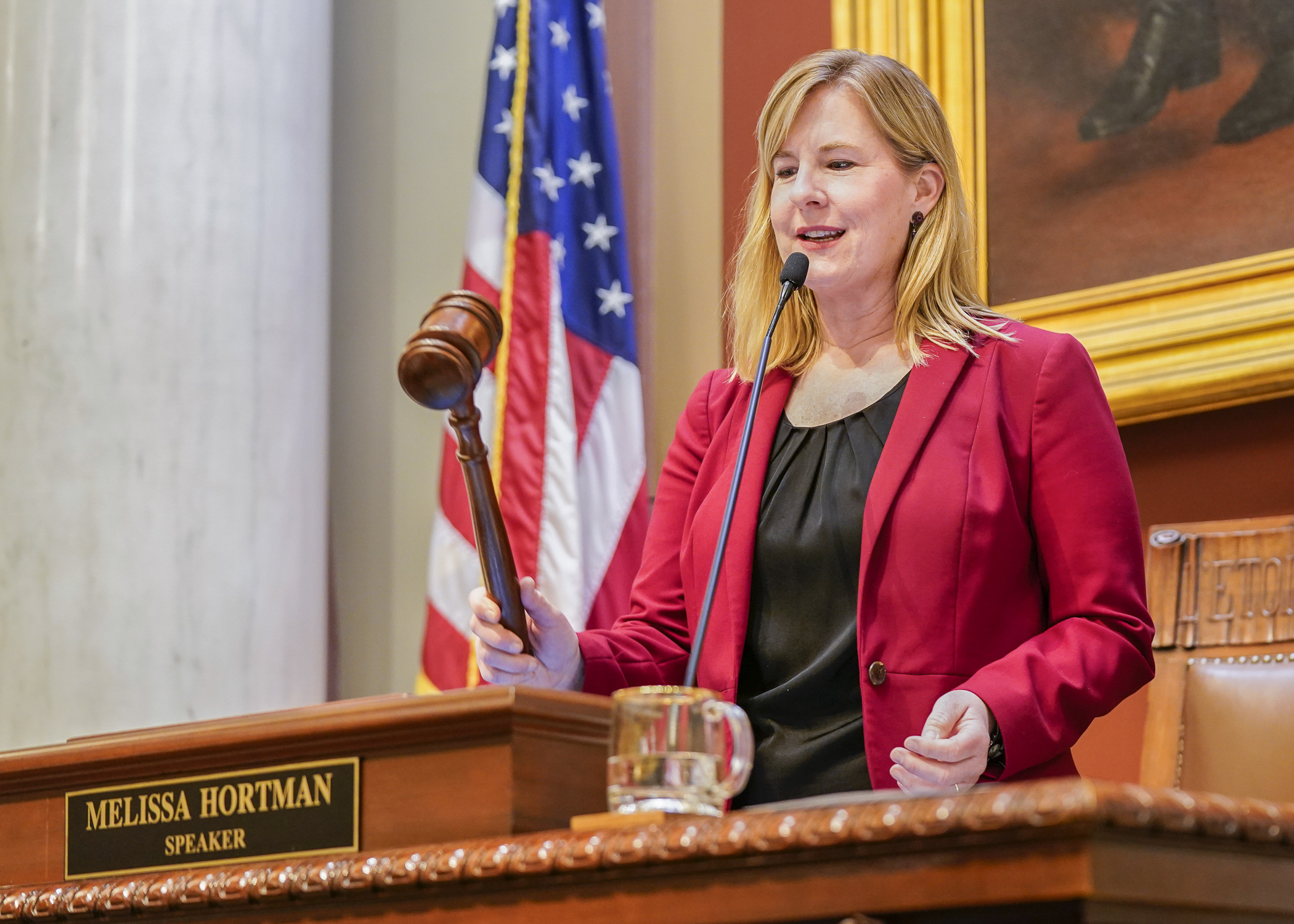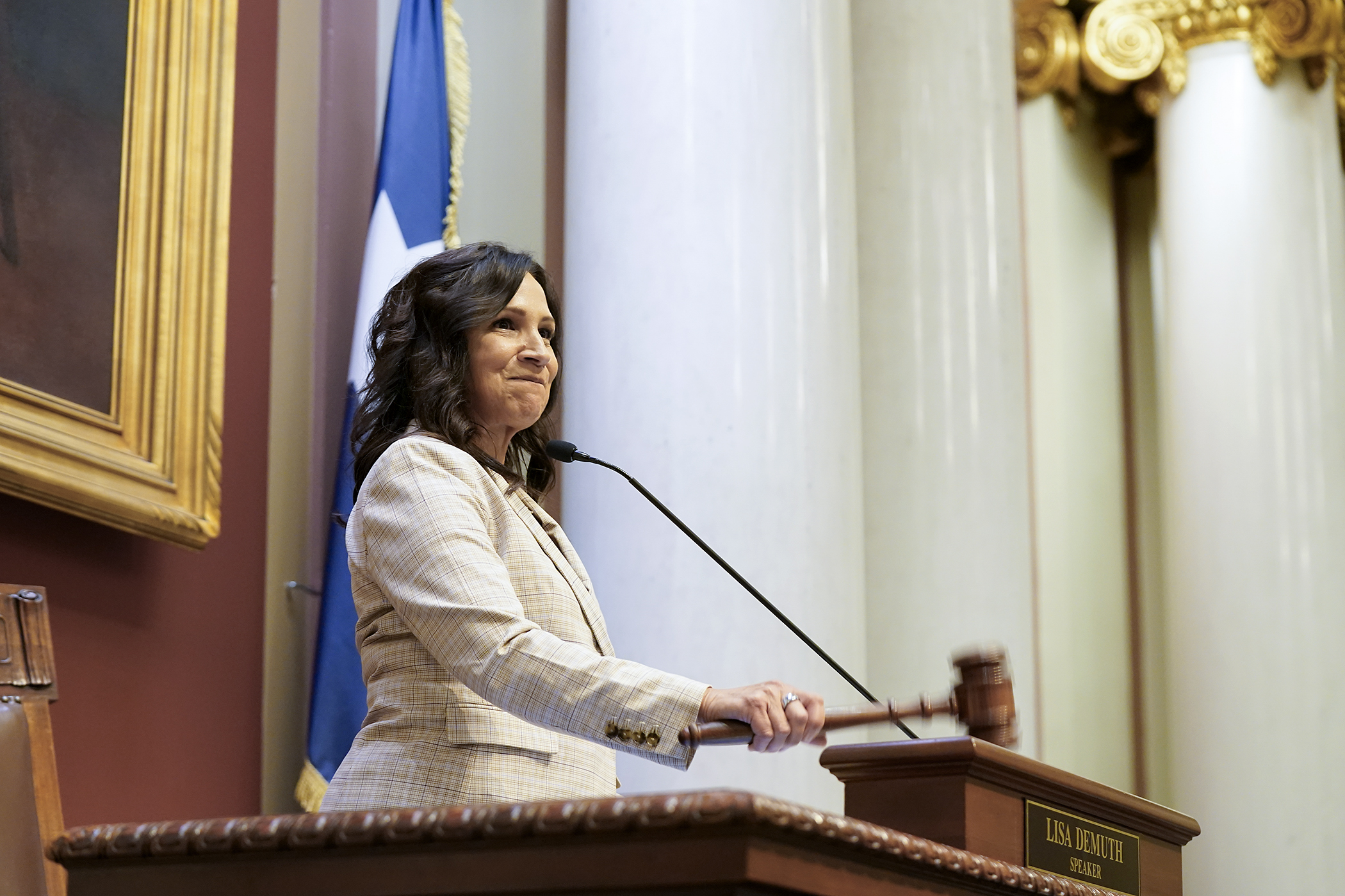Dammed if they do? Committee considers lifting hydroelectric restrictions in renewable energy law
Is hydroelectric power “renewable”? Minnesota law says that it is — up to a point. And that point is 100 megawatts.
When, in 2023, the state began requiring that utilities doing business in the state use entirely carbon-free sources for electricity production by 2040, the law stipulated that utilities could claim as carbon-free any electricity from a facility with a capacity under 100 megawatts.
Rep. Paul Anderson (R-Starbuck) would like to see that restriction lifted.
He’s the sponsor of HF75, which would amend the definition of “eligible energy technology” by striking language restricting the size and initial operating date of qualifying hydroelectric facilities. It would allow power from hydroelectric facilities of any size to be counted toward satisfying a utility’s renewable energy standard requirement. That requirement is that a certain percentage of a utility’s electricity supplied to Minnesota customers — 25% in 2025 and 55% in 2035 — must be generated from renewable sources.
 Rachel Stuckey, executive director of the Minnesota Conservative Energy Forum, testifies Feb. 18 before the House Energy Finance and Policy Committee. Sponsored by Rep. Paul Anderson, left, HF75 would modify a renewable energy standard. (Photo by Michele Jokinen)
Rachel Stuckey, executive director of the Minnesota Conservative Energy Forum, testifies Feb. 18 before the House Energy Finance and Policy Committee. Sponsored by Rep. Paul Anderson, left, HF75 would modify a renewable energy standard. (Photo by Michele Jokinen)On Tuesday, the House Energy Finance and Policy Committee approved the bill on a voice vote and sent it to the House Floor.
“As I was hearing about data centers and such, as our demand for electric power in our state and nation looks to be on the increase — rather dramatically in some areas — it would behoove us to be able to least look at other sources of power,” Anderson said.
“There are naysayers who say that there are problems with this type of generation,” he continued. “Well, I would suggest that there’s no perfect source of electric generation. They all have their positives and some negatives. This one, as well. But it’s clean energy, baseload energy, and it would do us well in Minnesota to at least look at and study this proposal.”
Minnesota has no hydroelectric dams currently producing at that capacity, the state’s largest being Minnesota Power’s Thomson Dam at 72 megawatts. Zach Martin, government affairs manager for Minnesota Power, sent a letter in support of the bill.
“What is the issue we’re trying to solve if no utility is currently looking at building a plant here of over 100 megawatts?” asked Rep. Katie Jones (DFL-Mpls).
Rep. Patty Acomb (DFL-Minnetonka) agreed, saying, “This feels like a solution looking for a problem.”
Related Articles
Search Session Daily
Advanced Search OptionsPriority Dailies
Speaker Emerita Melissa Hortman, husband killed in attack
By HPIS Staff House Speaker Emerita Melissa Hortman (DFL-Brooklyn Park) and her husband, Mark, were fatally shot in their home early Saturday morning.
Gov. Tim Walz announced the news dur...
House Speaker Emerita Melissa Hortman (DFL-Brooklyn Park) and her husband, Mark, were fatally shot in their home early Saturday morning.
Gov. Tim Walz announced the news dur...
Lawmakers deliver budget bills to governor's desk in one-day special session
By Mike Cook About that talk of needing all 21 hours left in a legislative day to complete a special session?
House members were more than up to the challenge Monday. Beginning at 10 a.m...
About that talk of needing all 21 hours left in a legislative day to complete a special session?
House members were more than up to the challenge Monday. Beginning at 10 a.m...